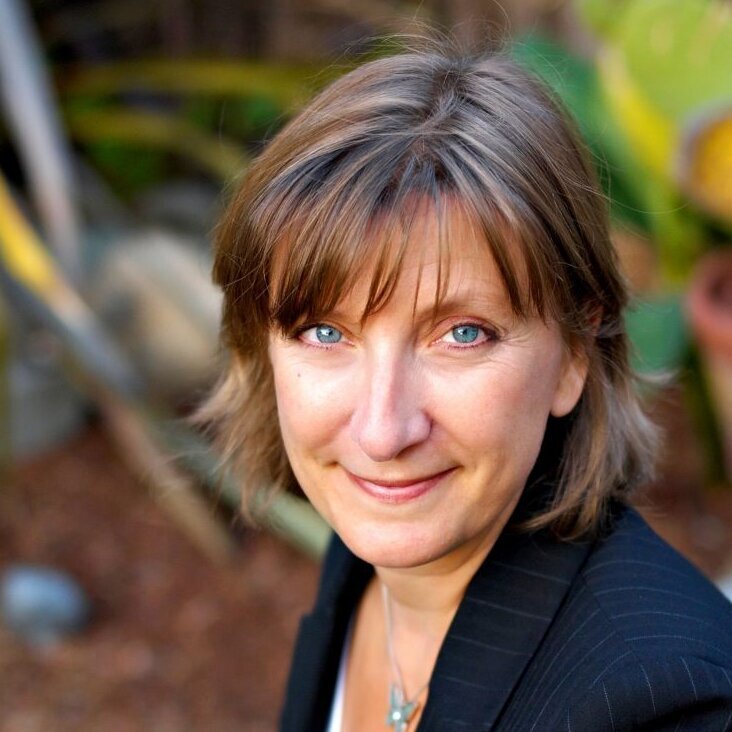Industry pressure poses an on-going threat to scientific integrity. This pressure can take many forms, including efforts to suppress the work of individual scientists whose work identifies adverse health or environmental effects from chemicals. This webinar explored common tactics used by the chemical industry to pressure scientists, and how leading researchers have maintained their scientific integrity in the face of industry pressure.
After receiving public records requests from a law firm connected with Monsanto, the State University of New York at Albany placed Dr. David Carpenter on “alternate assignment,” interfering with his regular research and teaching activities. After widespread expression of public concern — and substantial press coverage — about this suppression of Dr. Carpenter’s work, the University reversed all the restrictions. Dr. Carpenter will discuss these recent efforts to suppress his academic role and research due to his work as an expert witness in legal cases related to polychlorinated biphenyls (PCBs).
US Right to Know co-founder and managing editor Stacy Malkan presented research on the tactics used by pesticide manufacturers to discredit scientists, as documented in a recent report, Merchants of Poison. She shared a case study of an industry effort to suppress the findings of an International Agency for Research on Cancer (IARC) panel on cancer concerns associated with the herbicide glyphosate, including efforts to discredit individual scientists on the panel. She discussed patterns that emerge across multiple cases, and approaches to protecting scientists and their work.
The conversation was introduced and moderated by Dr. Tyrone Hayes, who grounded the discussion in his own experience of industry efforts to discredit and suppress his research on the effects of the herbicide atrazine.
Featured Speakers

David Carpenter, MD is Professor of Environmental Health Sciences and Director of the Institute for Health and the Environment at the State University of New York at Albany. Dr. Carpenter's research is focused on study of environmental causes of human disease, especially the chronic diseases of older age such as cardiovascular disease, hypertension, diabetes, arthritis, thyroid disease, and neurodegenerative diseases. He has studied rates of hospitalization for these and other diseases in relation to living near to hazardous waste sites, fossil fuel power plants, and other areas of contamination in New York. He has used results of these ecological studies to study specific populations highly exposed to polychlorinated biphenyls (PCBs) and persistent pesticides in Native American and Alaskan Native communities and residents of Anniston, Alabama - sites of the Monsanto plant that made PCBs. These studies have confirmed the association between PCBs exposure and rates of hypertension and diabetes that were suggested by the ecologic studies. He has ongoing collaborative studies on air pollution and health in several countries and studies health effects of electromagnetic field exposure. He has more than 450 peer-review publications and has edited six books.

Stacy Malkan is co-founder and managing editor of U.S. Right to Know, a nonprofit investigative research group working globally to expose corporate wrongdoing and government failures that threaten our health, environment and food system. She investigates and reports on pesticide and food industry PR and lobbying operations. Stacy is author of the award-winning book, Not Just a Pretty Face: The Ugly Side of the Beauty Industry (New Society Publishers, 2007), and co-founder of the Campaign for Safe Cosmetics, a national coalition of health groups that exposed hazardous chemicals in personal care and baby products, and pressured companies to reformulate to safer products. Her work has been featured in Time magazine, the New York Times, Washington Post, Nature Biotechnology, Good Morning America, Wall Street Journal, and many other media outlets.

Tyrone Hayes, PhD is a professor in the Department of Integrative Biology at the University of California Berkeley. His research focuses on the role of steroid hormones in amphibian development and he conducts both laboratory and field studies in the U.S. and Africa. The two main areas of interest are metamorphosis and sex differentiation, but he is also interested in growth (larval and adult) and hormonal regulation of aggressive behavior. His work addresses problems on several levels including ecological, organismal, and molecular questions. Currently, he is also examining the effects of exogenous steroids on gonadal differentiation and the potential role of endogenous steroids. His main goal is to synthesize ecological/evolutionary, organismal/physiological, and biochemical/molecular studies to learn how an animal translates changes in its external environment to internal changes, how these internal changes are coordinated, what molecular mechanisms are involved, and in turn, how changes at the molecular level affect an animal's ability to adapt to the changes in its external environment.
This webinar was hosted in partnership with the UCSF Program on Reproductive Health and the Environment's Science Action Network.
